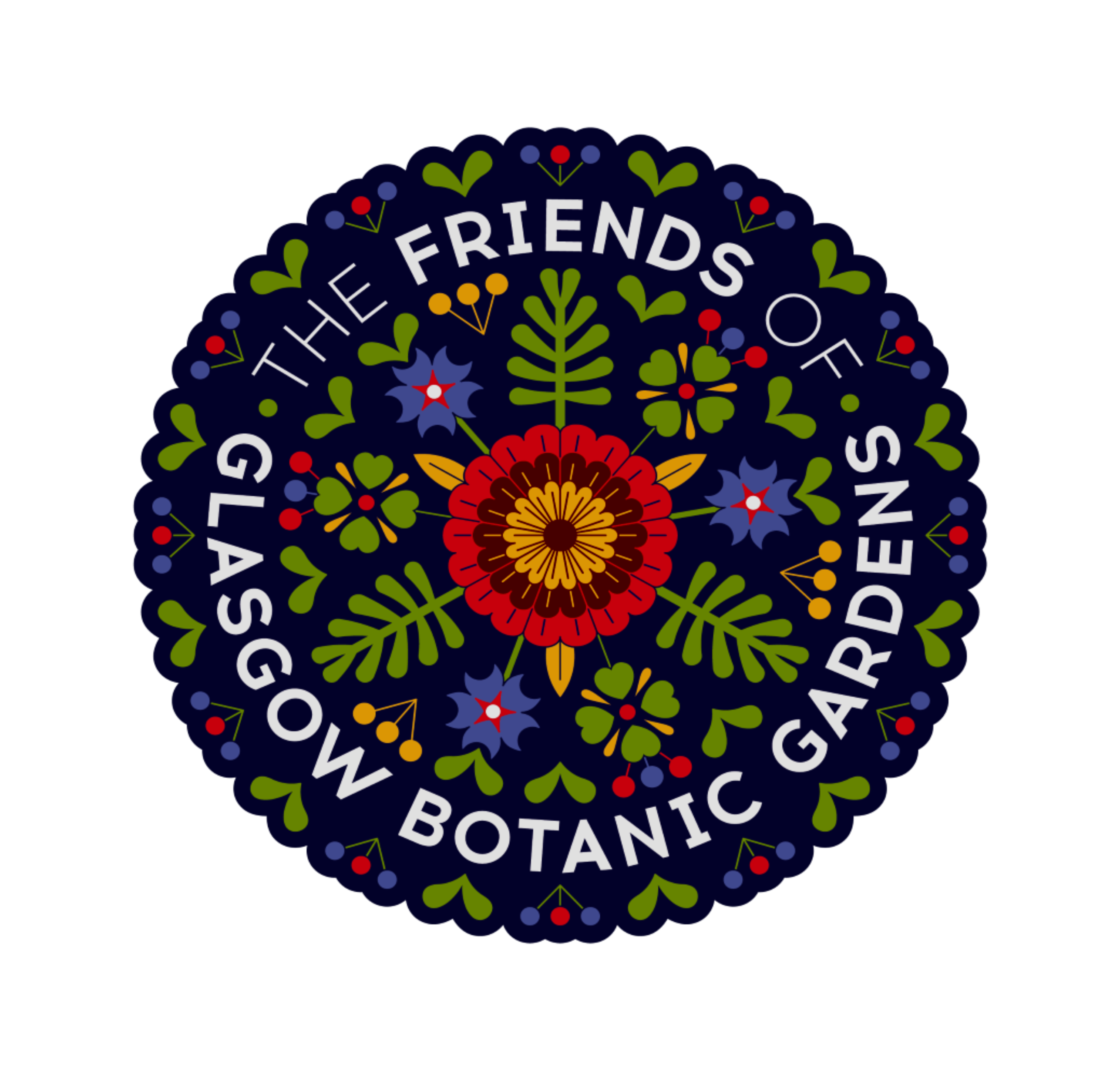John Kibble has been described as; an engineer, astronomer and photographer among other things.
Certainly he was a Victorian entrepreneur and eccentric. He dabbled in many things winning medals for his photographs using a camera, lenses and glass plates so huge they had to be moved around on a horse and cart. He was the only man ever to have bicycled across Loch Long on floats!
See inside the Kibble palace
View this image fullscreen on your iphone or ipad.
It was at his home at Coulport on the shores of Loch Long that Kibble erected his glass palace. The architects of what originally was known as ‘The Kibble Crystal Art Palace,’ were John Boucher and James Cousland.
In 1871 Kibble entered into negotiations to have the structure dismantled and moved by barge to Glasgow where it was to be reconstructed in the Botanic Gardens. It was much enlarged at the time of the move with the addition of the large circular dome 150 ft in diameter and the extension of the transepts to form an impressive front elevation.
The new palace opened in 1873. Then its interior was lit by 600 gas lamps which could be coloured for effect.
Moody and Sankey were North American evangelists who toured Scotland on a number of occasions. In May 1874 a meeting in the Kibble Palace was arranged. By the time Moody arrived there were so many people both inside and outside the Palace he had to preach from the back of a horse-drawn cab. Estimates of the time say 6,000 people were inside the Palace while a vast throng of between 15,000 – 30,000 were outside.
The two greatest British politicians of the Victorian era were installed as rectors of Glasgow University in the Kibble Palace.
Benjamin Disraeli – Lord Beaconsfield – on 19th November 1873 and William Ewart Gladstone in December 1879.
The purchase of the Kibble Palace for the Botanic Gardens led the Royal Botanic Institution of Glasgow into serious financial difficulties.
The tree fern collection was planted in the 1880’s and today forms an National Collection.
The Kibble Palace closed in September 2003 and over the following 3 years was dismantled and restored off site before being re-erected on its plinth in the Botanic Gardens. The building officially re-opened on Saint Andrew’s Day (30 November) 2006.
In 1881 a loan was procured from the Corporation of the City of Glasgow to rebuild the main range of glasshouses which had been moved from the original site. This was a fateful point in the Garden’s history. The Royal Botanic Institution of Glasgow was incapable of repaying the loan and so the Corporation took over the running of the Botanic Gardens on 1st April 1887.
At this time however, the Gardens were outside the city boundary. In 1891 the City of Glasgow Act was passed bringing the Gardens finally into the city’s possession. The City of Glasgow is bound by law to maintain the Gardens as a public park and botanic garden in perpetuity.
Between 1988 and 2004 the Main Range of Glasshouses underwent refurbishment from the original wooden structure to a metal one. The internationally acclaimed plant houses provide environments for the cultivation and display of tropical plants. House 1 (the conservatory) provides floral displays throughout the year.
